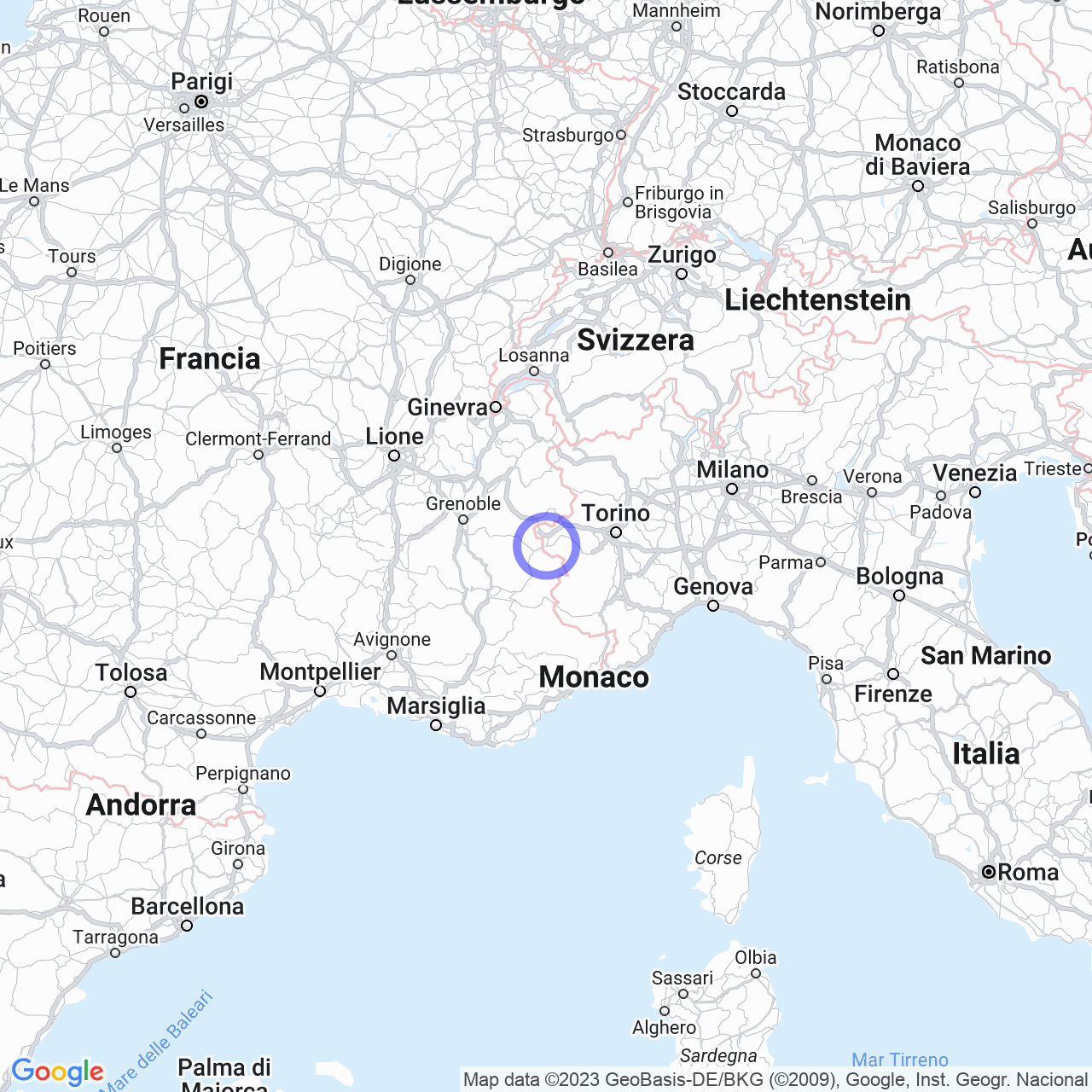Cesana Torinese
Cesana Torinese: a tourist destination in the Piedmont Alps
Cesana Torinese, an Italian municipality with 953 inhabitants, is located in the metropolitan city of Turin, in Piedmont. The town is famous for its privileged location in the Piedmont Alps, in Alta Val Susa, just 10 km from the French border. Known for its military history, Cesana was a mandatory crossroads for caravans of traders and pilgrims crossing the Alps. Today, it has become a popular tourist destination for ski and winter sports enthusiasts.
Physical Geography
Cesana Torinese is located about 90 km from Turin and is situated at an altitude of 1354 meters above sea level at the foot of Mount Chaberton. The municipality's territory is crossed by the Ripa and Piccola Dora streams and borders the French municipality of Abriès-Ristolas. The town is rich in lakes, the largest of which is Lake Nero.

Geology
The municipality of Cesana Torinese is characterized by a great variety of rocks, mainly metamorphic such as calcareous shale and oficalci. In addition, radiolarites can be found near Champlas, dolomites on Mount Chaberton, and ophiolites in Bousson. Until the last century, rocks were extracted from the quarries present in the territory.
The history of Cesana Torinese
Cesana Torinese is located along the route of the Roman road that led from the Po Valley to Gaul. In the Middle Ages, Cesana was owned by the Delfini of Vienne, the Counts of Albon, until these lands were ceded to France. In 1155, Delfino Ghigo V d'Albon was authorized by Frederick Barbarossa to mint silver coins in Cesana.
In 1343, with the permission of the Delfini, the republic of Escartons was created, which included a territory currently divided between Italy and France. Cesana was located within the Escarton d'Oulx until 1713, when it was ceded to the House of Savoy with the Treaty of Utrecht.
During the 14th and 17th centuries, the Cesana valley was rocked by religious wars against the "Waldensian heretics" of the Chisone Valley. During the War of the Spanish Succession, the territory was besieged and conquered by French troops.
Commercial Activities and Traditions
In addition to military activity, the inhabitants of Cesana practiced agriculture and pastoralism. Today, the municipality's economy is dominated by tourism. Cesana is part of the Union of Olympic Municipalities Via-Lattea, together with the municipalities of Sestriere, Claviere, Sauze di Cesana, Sauze d'Oulx, and Pragelato. The hamlets and villages of Cesana testify to the history, art, and traditions of the area.
Conclusions
Cesana Torinese is a renowned tourist destination in the Piedmont Alps, famous for its strategic location and military history. Today, the municipality has become a popular destination for winter sports and outdoor activities. Thanks to its location and history, Cesana offers visitors a unique cultural heritage that embraces art, history, and traditions.
